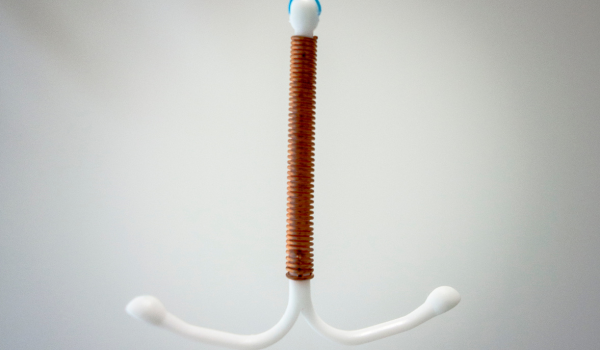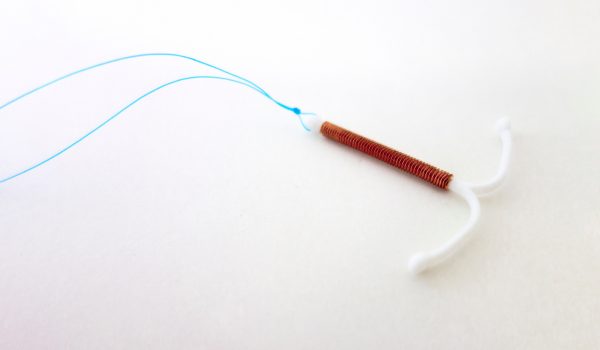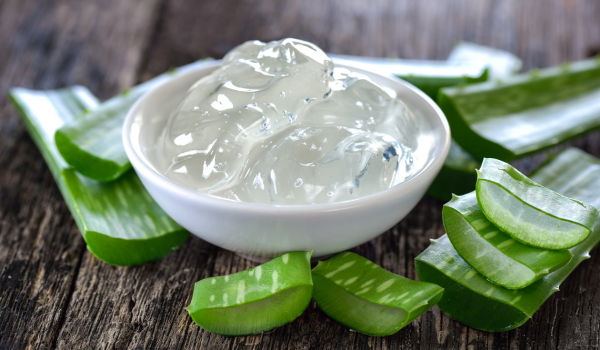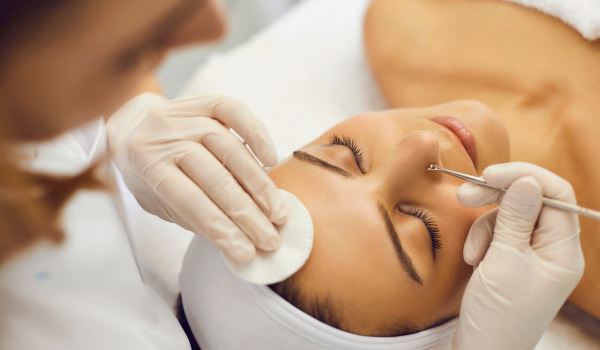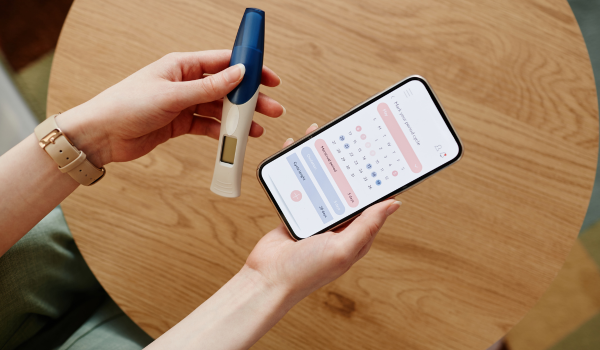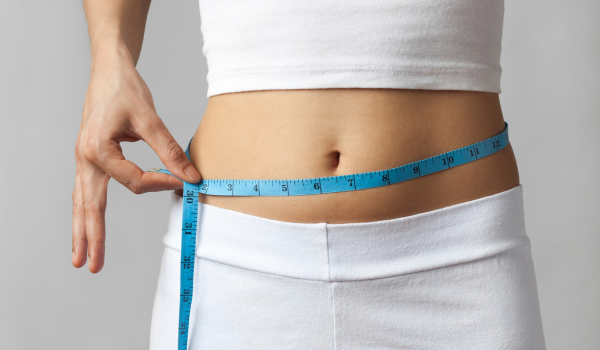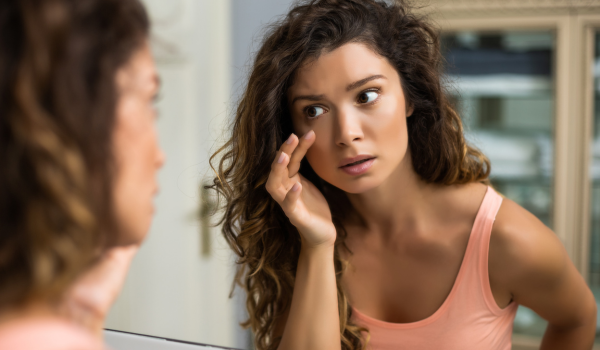
Puffy eyes or under-eye bags are a common cosmetic concern for many people, often signaling fatigue or stress. But in reality, these unsightly swellings can stem from a variety of causes—including genetics, aging, fluid retention, allergies, or even medical conditions. The good news? There are a number of effective ways to reduce or eliminate them, both at home and through medical treatments.
Practical Home Remedies to Minimize Eye Puffiness
Cold compress therapy Applying something cool to the under-eye area can constrict blood vessels, reduce inflammation, and visibly minimize swelling. Whether it's a chilled spoon, cold washcloth, or ice pack wrapped in a cloth, holding it under your eyes for a few minutes can provide quick, albeit temporary, relief.
Topical retinol for skin rejuvenation Retinol, a derivative of vitamin A, can aid in cellular turnover and enhance the texture of the skin. When used in eye creams, it helps smooth fine lines and diminish puffiness while also targeting dark circles.
Vitamin C serums Packed with antioxidants, vitamin C enhances collagen production and protects skin from sun damage. Regular use of vitamin C-based eye creams can firm the delicate under-eye area, reducing sagging and dullness over time.
Caffeine-infused eye products Caffeine reduces water retention and boosts blood flow. Using an eye cream formulated with caffeine can temporarily tighten the under-eye area and reduce puffiness, especially when applied in the morning.
Chilled tea bags Green and black teas contain caffeine and antioxidants that help tighten the skin and improve circulation. After steeping and chilling, placing tea bags over closed eyes for 10–15 minutes can provide a soothing, depuffing effect.
Gentle lymphatic massage Massaging the under-eye area helps stimulate lymphatic drainage, reducing fluid buildup. Using your fingertips or a jade roller in gentle upward strokes can enhance blood circulation and alleviate puffiness.
Manage allergy symptoms Allergies can be a hidden culprit behind under-eye bags. Taking antihistamines or using medicated eye drops can minimize swelling and prevent irritation-related puffiness.
Professional Treatments to Address Stubborn Under-Eye Bags
Chemical peels for skin renewal A controlled chemical peel exfoliates the skin's top layers, revealing smoother, fresher skin beneath. This treatment can even out discoloration and rejuvenate sagging under-eyes. However, temporary redness or sensitivity might follow.
Dermal fillers to restore volume For sunken or hollowed under-eyes, injectable fillers can plump up the area and smooth transitions between the lower eyelid and cheek. These effects are not permanent but can last several months. Mild bruising or swelling may occur post-procedure.
Laser therapy for tightening and toning Laser resurfacing treatments tighten the skin, improve elasticity, and fade pigmentation. Though effective, they require downtime and come with potential side effects like redness, peeling, and temporary discomfort.
Blepharoplasty surgery In severe cases, cosmetic eyelid surgery may offer a long-term solution. Blepharoplasty removes or repositions fat and tightens loose skin, delivering a more youthful, rested appearance. As with any surgery, it carries risks and a recovery period.
Common Causes Behind Under-Eye Puffiness
Several everyday factors can contribute to the appearance of bags under your eyes:
-
Natural aging: Skin loses collagen and elasticity over time, and fat shifts or accumulates under the eyes.
-
Heredity: A genetic predisposition can make some individuals more likely to develop under-eye bags.
-
Allergic reactions: Histamine responses trigger swelling and irritation, often exacerbated by rubbing the eyes.
-
Poor sleep habits: Inadequate sleep or lying flat during sleep can lead to fluid pooling in the under-eye area.
-
Dietary influences: Excess salt can cause the body to retain water, leading to puffiness.
-
Medical issues: Conditions like thyroid dysfunction or chronic eye inflammation may also result in under-eye swelling.
Preventative Measures to Keep Puffiness at Bay
While not all causes of eye bags are preventable, certain lifestyle adjustments can significantly reduce their frequency and severity:
-
Use SPF daily to protect skin from UV damage and prevent premature collagen breakdown.
-
Prioritize quality sleep—aim for 7–9 hours and elevate your head slightly during rest.
-
Stay hydrated and limit sodium intake to avoid fluid retention.
-
Incorporate stress-reducing activities like yoga, mindfulness, or regular exercise.
-
Avoid smoking, which accelerates skin aging and weakens under-eye tissue.
When to Consult a Medical Professional
While under-eye bags are typically harmless, consult a healthcare provider if you notice:
-
Persistent or worsening puffiness
-
Redness, itching, or pain around the eyes
-
Sudden changes in appearance
These could indicate underlying medical conditions that need professional diagnosis and treatment.
Final Thoughts
Under-eye bags can be bothersome, but they are rarely permanent and often manageable with consistent care. From quick fixes at home to longer-lasting clinical treatments, a wide array of options exists to restore a refreshed, youthful look. Evaluate your symptoms, adopt a tailored skincare routine, and seek professional advice when necessary.

